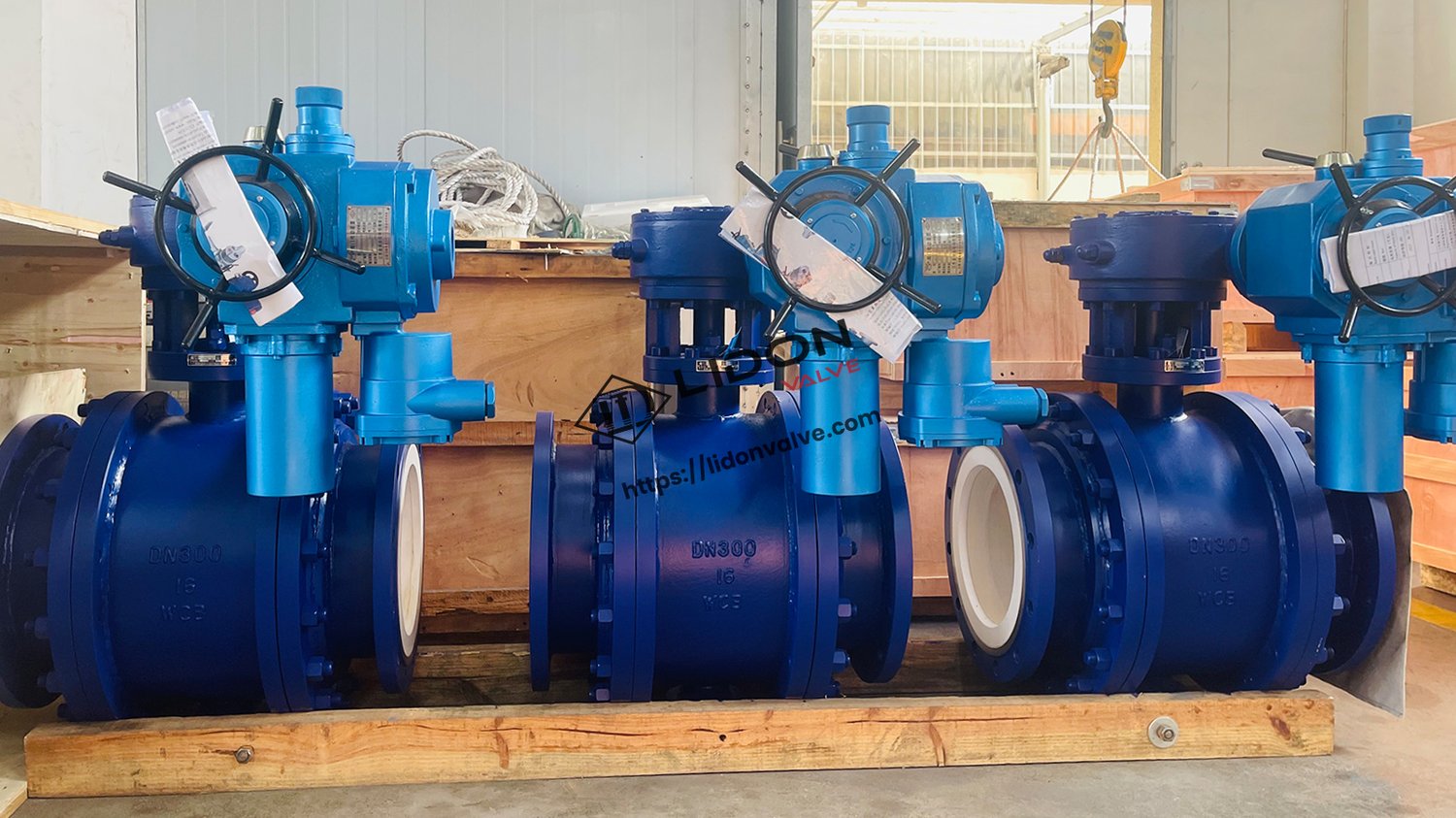The Comprehensive Guide to Understanding the Different Types of Ball Valves
Ball valves play an essential role in regulating fluid flow in several industries. They are used in the oil and gas, water, petrochemical, and pharmaceutical industries, among others. Understanding the different types of ball valves available in the market is crucial in selecting the right valve for your application.
Floating Ball Valves
Floating ball valves are the most commonly used type of ball valve. They are popular due to their versatility, reliability, and ease of use. The ball is held in place by two sealing rings, allowing it to float freely in the valve's cavity. These valves are suitable for ON/OFF control, as well as for regulating fluid flow.
Trunnion Ball Valves
Trunnion ball valves are designed for high-pressure and high-temperature applications. The ball is held in place by a shaft, which is fixed on either side of the valve. This design allows the valve to withstand more significant pressure and temperature changes than a floating ball valve.
Top Entry Ball Valves
Top entry ball valves are similar to floating ball valves, but they feature a removable body that makes maintenance much easier. It enables the valve to be disassembled without disconnecting the valve from the pipeline. Top entry ball valves are commonly used in applications that require frequent maintenance or inspection.
Split Body Ball Valves
These valves feature a two-piece body design that allows the valve to be disassembled without completely removing it from the pipeline. This design makes maintenance and repair work much more manageable. Split body ball valves are suitable for a wide range of applications, including chemical processing and water treatment.
Cavity Filled Ball Valves
Cavity filled ball valves are designed to contain a special cavity that's filled with a lubricant or sealant for reducing friction and preventing leaks. They are suitable for applications that require complete isolation and protection.
V Port Ball Valves
V port ball valves feature a V-shaped ball that's designed to allow more precise flow control. The V shape creates a smaller flow opening, which enables the valve to regulate flow more accurately. These types of valves are commonly used in applications that require precise flow control, such as in the chemical industry.
Cryogenic Ball Valves
Cryogenic ball valves are designed to handle extremely low temperatures. They are commonly used in applications such as LNG (liquefied natural gas) storage and transportation. These valves are constructed to withstand extreme temperature changes and to prevent leaks or damage to the valve.
Three-Way Ball Valves
Three-way ball valves are designed for applications that require diverting flow from a single source to either of two outlets. They are commonly used in the food and beverage industry, HVAC systems, and chemical processes.
Multi-Port Ball Valves
Multi-port ball valves are designed with more than two port openings. They are used in applications where the flow direction changes frequently, such as chemical processing and water treatment. By changing the valve position, flow can be directed to different pipelines or containers.
Fully Welded Ball Valves
Fully welded ball valves are often used in pipeline applications, particularly in gas and oil industries. The body of these valves is constructed from a single piece of material, making them ideal for applications where leaks or cracks are particularly dangerous.

